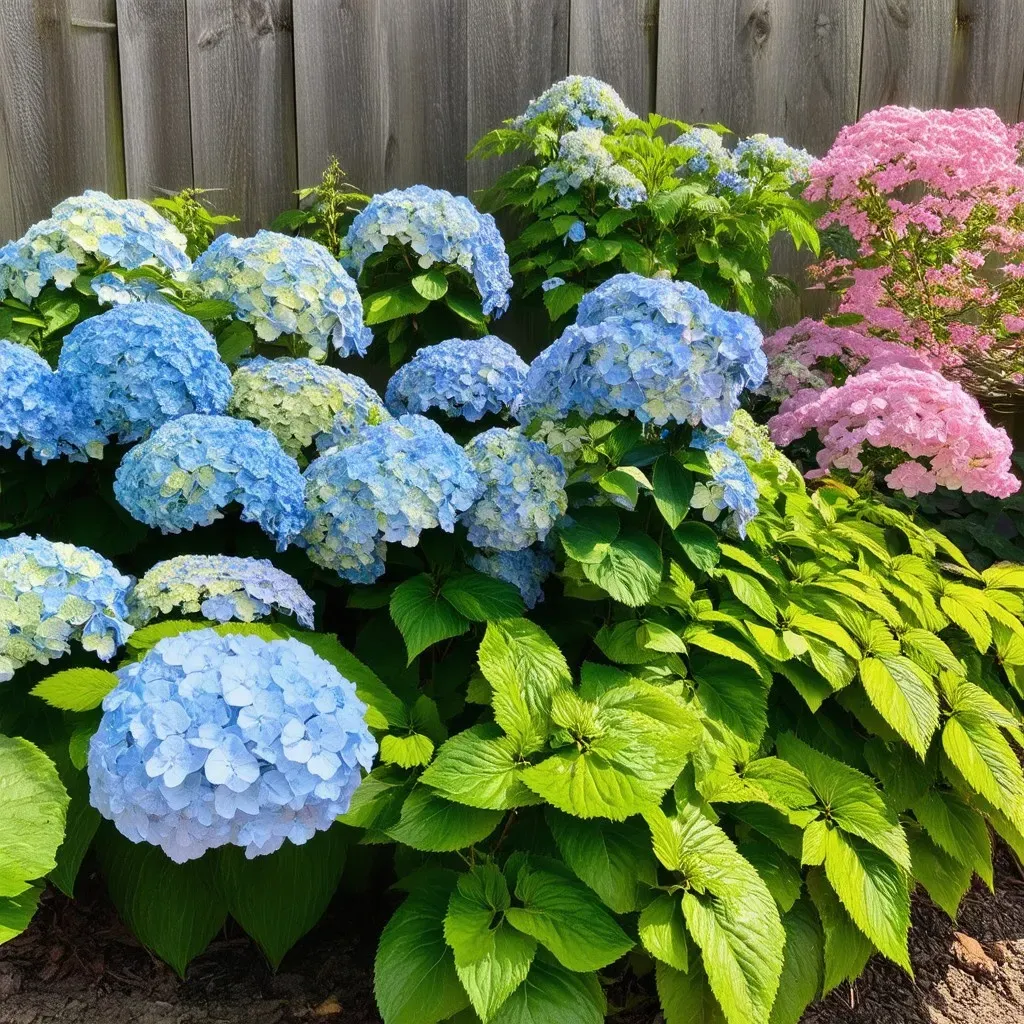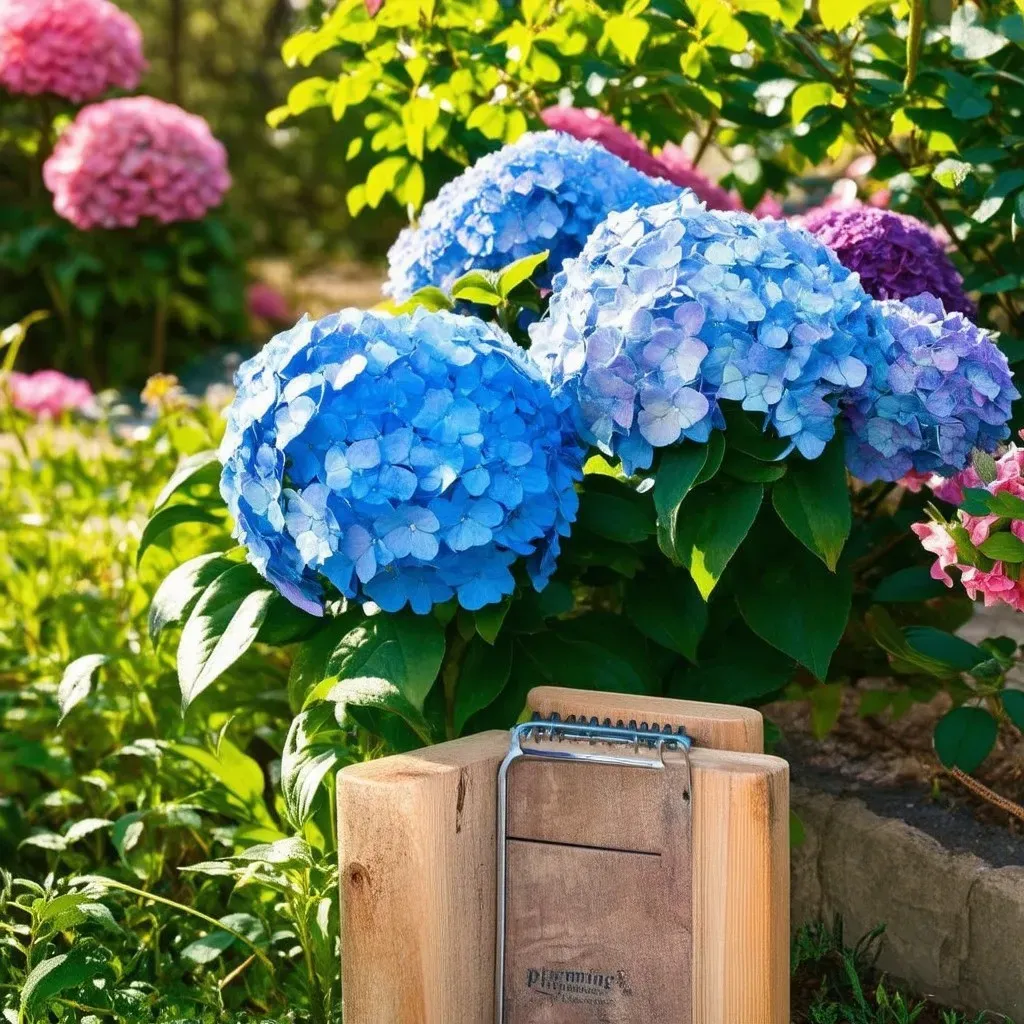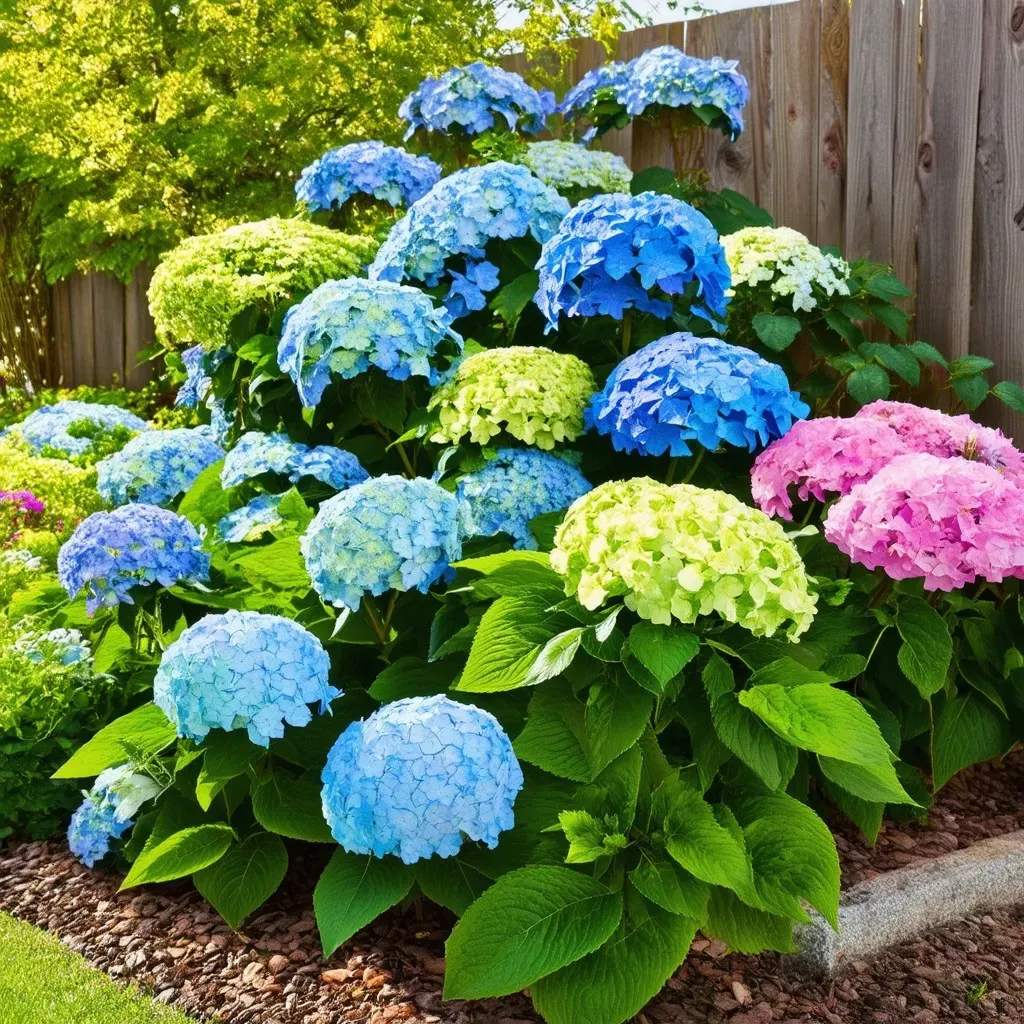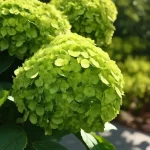New England hydrangeas are not just any flowering shrubs; they are the crown jewels of the Northeastern gardens, known for their stunning blooms and impressive variety. From the classic mophead to unique oakleaf hydrangeas, this region’s climate offers the perfect conditions for these vibrant plants, creating breathtaking landscapes from Massachusetts to Maine.
Understanding New England Hydrangea Varieties
In New England, several hydrangea species thrive thanks to the region’s unique climatic conditions. Notable varieties include:
- hydrangea macrophylla (Bigleaf Hydrangea): This variety is famous for its large, round flower heads and varying colors from blue to pink, depending on soil pH.
- Hydrangea arborescens (Smooth Hydrangea): Known for its hardiness, it produces beautiful white flowers and is often found in gardens throughout the region.
- Hydrangea paniculata (Panicle Hydrangea): This type features cone-shaped flower clusters that bloom from summer until fall, thriving in slightly drier soils.
- Hydrangea quercifolia (Oakleaf Hydrangea): With distinctive oak-like leaves and large white blooms, this species adds texture and beauty to any garden.
- Hydrangea serrata (mountain hydrangea): More compact in size, this variety offers delicate lacecap flowers, making it ideal for smaller spaces.

when do hydrangeas bloom in the Northeast?
The blooming period for hydrangeas in New England typically stretches from late spring to early fall. The precise timing of blooming can depend on the variety of hydrangea:
| Variety | Blooming Period |
|---|---|
| Hydrangea macrophylla | June to September |
| Hydrangea arborescens | June to August |
| Hydrangea paniculata | July to September |
| Hydrangea quercifolia | June to September |
| Hydrangea serrata | June to September |
This diverse blooming schedule provides garden enthusiasts with a palette of colors throughout the growing season, ensuring that your garden remains vibrant during the warm months.
Pruning Hydrangeas in New England
Understanding when to prune hydrangeas is crucial to maintaining their health and promoting abundant blooms. Pruning practices may vary depending on the type of hydrangea:
-
Hydrangea macrophylla: Generally, these should be pruned in late winter or early spring, just before new growth begins. Since they bloom on old wood, take care not to prune too extensively.
-
Hydrangea arborescens: These hydrangeas bloom on new wood, therefore it is best to prune them in late winter or early spring, cutting back one-third to one-half of their height for optimal growth.
-
Hydrangea paniculata: Pruning should occur in late winter. As they bloom on new growth, you can cut them back quite hard without worrying about inhibiting blooming.
-
Hydrangea quercifolia: It is recommended to prune these in early spring. Removing dead wood and spent flower heads encourages healthy new growth.

Hydrangea Care and Maintenance
Caring for your hydrangeas is essential for thriving plants. Here are some key maintenance tips:
Watering
- Hydrangeas prefer consistently moist soil but can be sensitive to overwatering. Regularly check soil moisture and water deeply during dry spells, particularly in the hotter summer months.
Soil Requirements
- These plants thrive in well-drained, rich soils that are slightly acidic. Regularly amend soil with organic matter such as compost to provide essential nutrients.
Fertilizing
- Apply a balanced, slow-release fertilizer in spring to promote healthy growth and flowering. Avoid high-phosphorus fertilizers, as they can adversely affect the plant.
Pests and Diseases
- Watch for common pests like aphids and spider mites. Treat infestations promptly with insecticidal soap or horticultural oil. Ensure adequate airflow around plants to prevent fungal diseases like powdery mildew.
Popular New England Hydrangea Varieties You Should Consider
When planning your garden, here are some popular New England hydrangea varieties worth considering:
| Variety Name | Description | Height | Bloom Color |
|---|---|---|---|
| Annabelle | Iconic white blooms; hardy and easy to grow | 3-5 feet | White |
| Limelight | Large lime green blooms that turn pink in autumn | 6-8 feet | Green to pink |
| Snow Queen | Lacecap flowers with a beautiful layered appearance | 3-4 feet | White |
| Haas’ Halo | Ideal for compact gardens; blooms on new wood | 3-5 feet | White |
| Endless Summer | Offers continuous blooms from spring to fall | 3-5 feet | Blue, pink, or purple |

Frequently Asked Questions about New England Hydrangeas
1. When should I prune my hydrangeas in Massachusetts?
Pruning schedules depend on the variety of hydrangea. Generally, it’s effective to prune bigleaf hydrangeas in late winter or early spring, while smooth and paniculate varieties benefit from similar timing, as they bloom on new wood.
2. How can I make my hydrangeas bloom blue?
The color of hydrangea blooms can be altered based on soil pH. Blue flowers thrive in acidic soil (pH below 6.0). You can amend your soil with sulfur or peat moss to lower pH effectively.
3. What is the best time to plant hydrangeas?
The best time to plant hydrangeas in New England is during the spring from mid-April to early June, or in the fall from mid-September to early November, ensuring the roots establish before extreme weather.
4. Should I cover my hydrangeas in winter?
While many hydrangeas are hardy, it can be beneficial to cover them during harsh winters, especially young plants. Use straw or burlap as protection against extreme cold and desiccating winds.
For further reading and detailed care instructions, visit the New England Hydrangea Association for more insights.

By embracing these insights and practices, homeowners can cultivate thriving hydrangeas that contribute beauty and elegance to their landscapes, making New England yards places of tranquility and splendid color throughout the growing season.


